The Global Appeal of Iranian Ceramic Tiles and Stone
In the ever-evolving world of construction and interior design, few materials stand out as much as Iranian ceramic tiles and natural stone. Renowned for their exceptional quality, timeless beauty, and competitive pricing, these products have captured the attention of international markets, from neighboring countries like Iraq and Pakistan to distant regions like Europe and North America. But what makes Iranian tiles and stone so popular? Is it their rich cultural heritage, advanced manufacturing techniques, or unbeatable value? In this article, we’ll dive deep into the reasons behind their global dominance, exploring their unique features, production advantages, and why they’re the go-to choice for architects, designers, and builders worldwide.
The Rich Heritage of Persian Craftsmanship
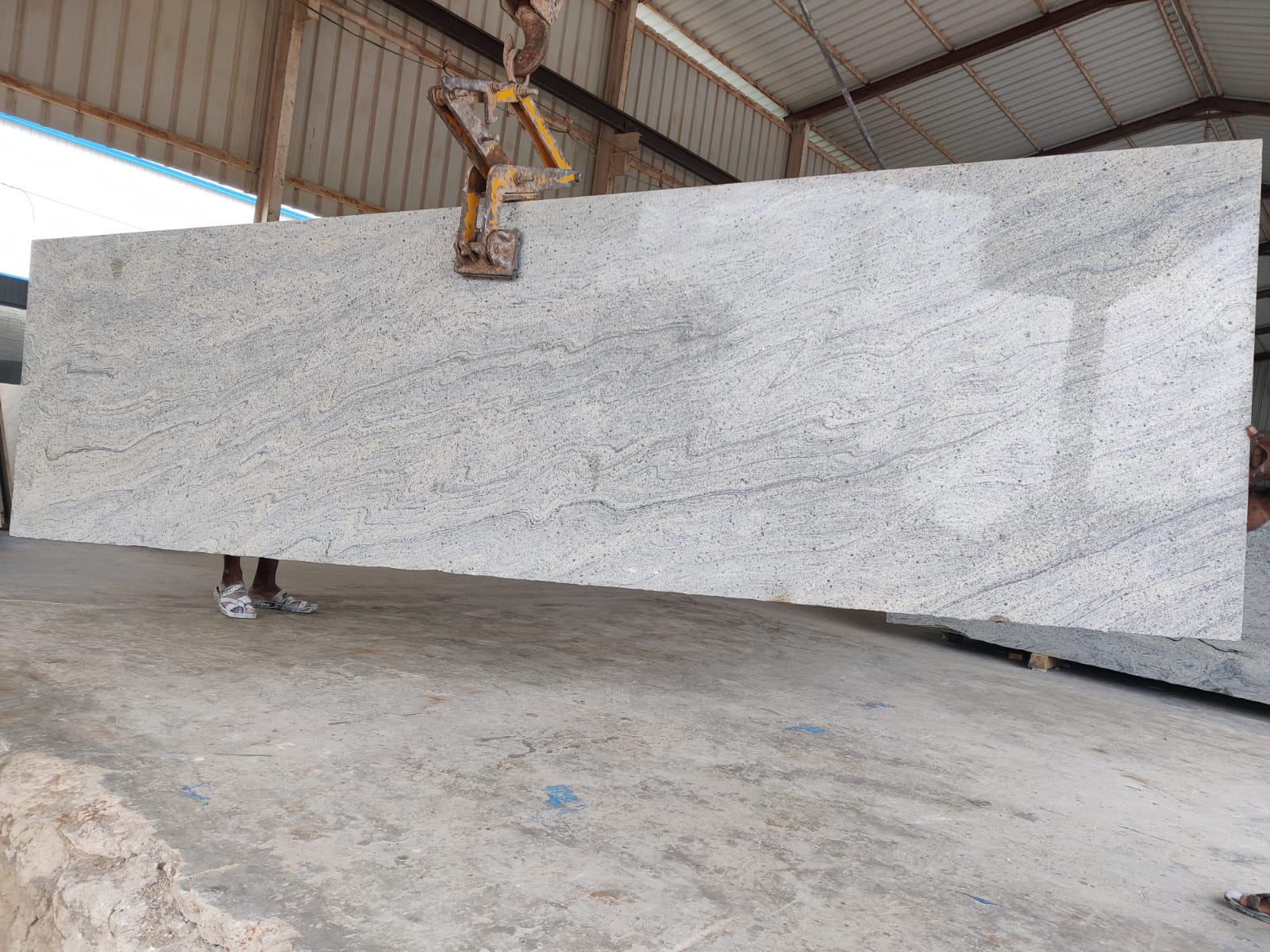
A Legacy of Art and Innovation
Iran’s ceramic tile and stone industry is deeply rooted in a centuries-old tradition of craftsmanship. Persian tiles, often referred to as “seven-colored tiles,” have adorned mosques, palaces, and homes for generations, showcasing intricate designs and vibrant colors. This historical expertise has seamlessly blended with modern technology, allowing Iranian manufacturers to produce tiles that combine cultural aesthetics with contemporary functionality.
The art of tile-making in Iran dates back to ancient Persia, where artisans used techniques like mosaic and hand-painted glazing to create stunning patterns. Today, companies like Persepolis Tile and Mah Ceram continue this legacy, offering designs inspired by traditional Persian motifs while meeting global standards. This fusion of heritage and innovation gives Iranian ceramic tiles a unique edge in international markets, appealing to buyers seeking both beauty and authenticity.
Why Heritage Matters in Modern Markets
In a world dominated by mass-produced goods, the cultural significance of Iranian tiles sets them apart. Buyers in markets like Pakistan and Turkey value the storytelling aspect of these tiles, which often feature floral, geometric, or Islamic patterns. For example, Qajar tiles, developed during the Qajar dynasty, are prized for their bright colors and intricate designs, making them a favorite for decorative applications in religious and residential spaces. This cultural resonance, combined with modern durability, makes Iranian tiles a versatile choice for diverse projects.
Unmatched Quality and Durability
Superior Raw Materials
One of the primary reasons Iranian ceramic tiles and stone are so popular is the country’s abundant access to high-quality raw materials. Iran is rich in mineral reserves, including clay, feldspar, and silica, which are essential for producing durable ceramic and porcelain tiles. Additionally, Iran’s vast quarries yield premium natural stones like marble, travertine, and onyx, known for their unique textures and colors.
These raw materials are processed using state-of-the-art technology, ensuring that the final products meet stringent international standards. For instance, companies like Eefa Ceram have adopted ISO 13006 and ISO 17025 certifications, guaranteeing consistent quality and reliability. The low porosity of Iranian tiles, especially porcelain, makes them highly resistant to water, stains, and wear, ideal for high-traffic areas like airports, shopping malls, and residential spaces.
Advanced Manufacturing Techniques
Iranian tile manufacturers have embraced cutting-edge technology to stay competitive in global markets. Digital printing, automated production lines, and precision cutting have revolutionized the industry, allowing for intricate designs and large-format slabs up to 160cm x 320cm. Companies like Naz Ceram Meibod use Italian machinery and strong presses to produce tiles with glossy, matte, or sugar-effect finishes, rivaling the best in the world.
This technological advancement ensures that Iranian tiles are not only aesthetically pleasing but also highly functional. For example, porcelain tiles are fired at higher temperatures than standard ceramics, making them denser and more durable. This durability, combined with low maintenance requirements, makes Iranian tiles a cost-effective choice for both residential and commercial projects.
Competitive Pricing: Value Without Compromise
Affordable Excellence
One of the standout features of Iranian ceramic tiles and stone is their competitive pricing. Despite their high quality, these products are significantly more affordable than their European or Chinese counterparts. This affordability stems from several factors, including low production costs due to domestic raw materials, a skilled yet cost-effective workforce, and strategic government policies aimed at boosting non-oil exports.
For instance, in Pakistan, Iranian tiles are favored not only for their quality but also for their lower import tariffs compared to Chinese tiles. According to trade data, Iran’s tile exports to Pakistan reached $41 million in 2016, reflecting their strong market position. This affordability makes Iranian tiles an attractive option for wholesalers, contractors, and designers looking to maximize value without sacrificing quality.
Cost-Effective Customization
Iranian manufacturers also offer customization options at competitive prices. Companies like Araz Tile can produce bulk orders of customized designs, allowing buyers to create unique spaces tailored to their preferences. Whether it’s a specific color palette, pattern, or size, Iranian suppliers can deliver high-quality products at a fraction of the cost of Western manufacturers. This flexibility is particularly appealing in markets like Turkey, where buyers seek tiles that align with local tastes, such as blue-and-white or rustic designs.
Strategic Export Advantages
Geographical Advantage
Iran’s strategic location at the crossroads of Asia, Europe, and the Middle East provides a logistical advantage for exporting ceramic tiles and stone. Proximity to major shipping routes and land borders with countries like Iraq, Pakistan, and Turkey facilitates efficient transportation. For example, the land route between Iran and Pakistan at Rimdan and Pasbandar is a key channel for tile exports, reducing shipping costs and delivery times.
This geographical advantage is complemented by Iran’s developed infrastructure in transportation and telecommunications, making it easier for exporters to connect with international buyers. Despite challenges like economic sanctions, Iranian exporters have adapted by using alternative payment methods and third-party brokers to ensure smooth trade.
Expanding Global Reach
Iran is among the top five global producers of ceramic tiles, with an annual production capacity of approximately 720 million square meters. About 40% of this production is exported to over 50 countries, including Iraq, Afghanistan, Pakistan, and Central Asian nations. Iraq, in particular, is the largest importer, accounting for a significant portion of Iran’s tile exports.
Recent trade agreements, such as the preferential deal with the Eurasian Economic Union, have opened new markets like Russia, where Iranian tiles are gaining traction due to reduced European competition. By diversifying export destinations and leveraging trade shows, Iranian manufacturers are steadily expanding their global footprint.
Sustainability and Innovation
Eco-Friendly Practices
As global demand for sustainable products grows, Iranian tile manufacturers are aligning with environmental standards. Companies like Daya Material Building have adopted energy-efficient kilns, water recycling systems, and waste management practices to minimize their environmental impact. These eco-friendly initiatives not only reduce production costs but also appeal to environmentally conscious buyers in markets like Europe and North America.
For example, the use of recycled materials in tile production is gaining popularity, allowing manufacturers to create eco-friendly products without compromising quality. This commitment to sustainability positions Iranian tiles as a forward-thinking choice in the global market.
Innovative Designs
Innovation is at the heart of Iran’s tile industry. Digital printing technology has enabled manufacturers to replicate the look of natural materials like marble, wood, and stone at a lower cost. Large-format tiles, bold geometric patterns, and matte black finishes are among the latest trends, catering to modern interior design preferences.
Companies like Tabriz Tile and Novin Ceram are known for their innovative designs, offering a wide range of colors, textures, and finishes. These versatile options allow architects and designers to create stunning spaces, from minimalist bathrooms to luxurious commercial lobbies, further boosting the global demand for Iranian tiles.

Challenges and Opportunities
Navigating Challenges
Despite its success, the Iranian tile industry faces challenges, including economic sanctions, transportation issues, and competition from countries like China and Italy. Sanctions have impacted payment systems and trade agreements, forcing exporters to find creative solutions like third-party brokers. Additionally, overproduction and a domestic construction recession have led to excess inventory, prompting some manufacturers to lower prices, which can affect quality.
However, these challenges also present opportunities. By investing in branding, market penetration, and technological advancements, Iranian manufacturers can strengthen their position in global markets. For example, capturing just 10% of Russia’s tile market could significantly boost exports, compensating for lost European market share.
Seizing Opportunities
The global ceramic tile market is projected to grow, driven by urbanization and construction booms in emerging markets. Iran is well-positioned to capitalize on this growth by expanding production capacity, diversifying export destinations, and enhancing product quality. E-commerce platforms and international trade shows offer additional avenues for connecting with buyers, while partnerships with local mining companies can reduce reliance on imported raw materials.
How to Source Iranian Ceramic Tiles and Stone
Choosing a Reliable Supplier
When importing Iranian tiles and stone, partnering with a reputable supplier is crucial. Companies like Araz Tile, CeramPakhsh, and ManaMaster offer a wide range of products, competitive pricing, and reliable export services. These suppliers handle everything from product selection to shipping logistics, ensuring a seamless purchasing process.
Buyers should look for suppliers with international certifications, a strong track record, and a commitment to customer satisfaction. Requesting samples for quality inspection and design matching is also recommended to ensure the products meet project requirements.
Understanding the Export Process
Exporting tiles from Iran involves several steps, including obtaining permits, preparing pro forma invoices, and complying with international trade standards. Buyers should work with suppliers who are familiar with these processes and can provide after-sales support. Participating in trade exhibitions, like those in Pakistan, can also help buyers connect with Iranian manufacturers and explore new designs.
Conclusion: The Future of Iranian Ceramic Tiles and Stone

Iranian ceramic tiles and natural stone have earned their place as the top choice in international markets, thanks to their rich heritage, superior quality, competitive pricing, and innovative designs. From the bustling construction markets of Pakistan to the sophisticated interiors of Europe, these products offer unmatched value and versatility. By leveraging advanced technology, sustainable practices, and strategic export advantages, Iran’s tile industry is poised for continued growth, captivating buyers worldwide with its blend of tradition and modernity.
Whether you’re an architect, designer, or contractor, choosing Iranian tiles and stone means investing in durability, beauty, and affordability. As the global demand for high-quality construction materials rises, Iran’s ceramic and stone industry is ready to lead the way, transforming spaces and setting new standards for excellence.

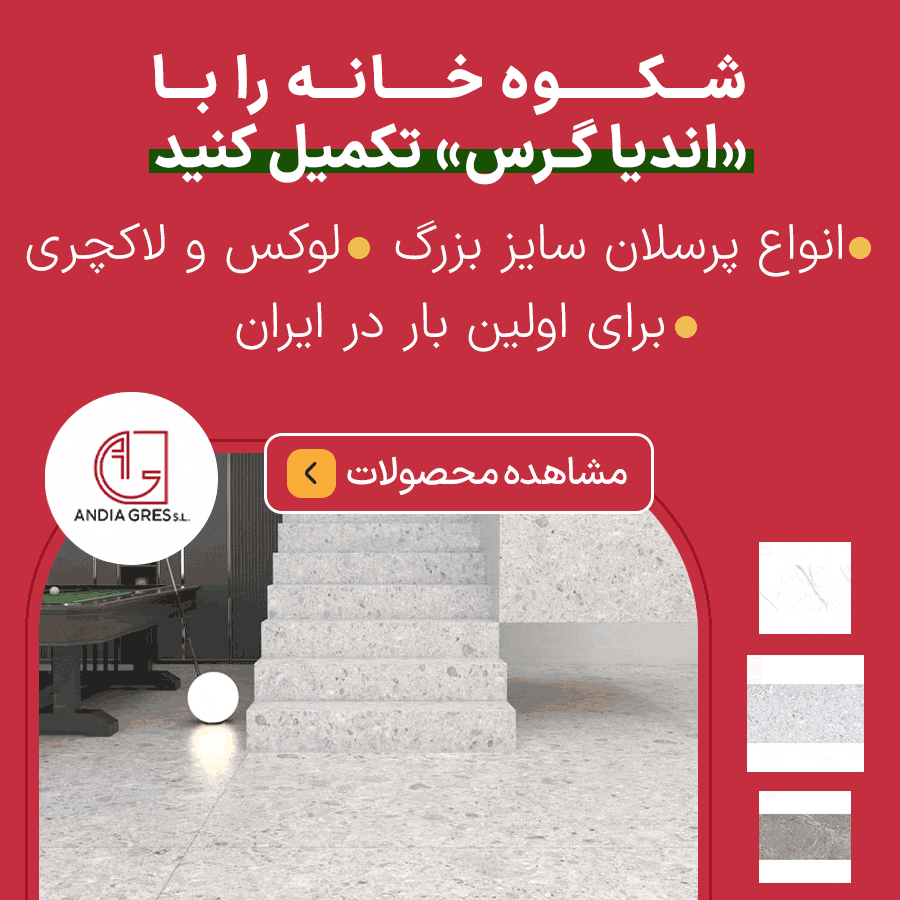




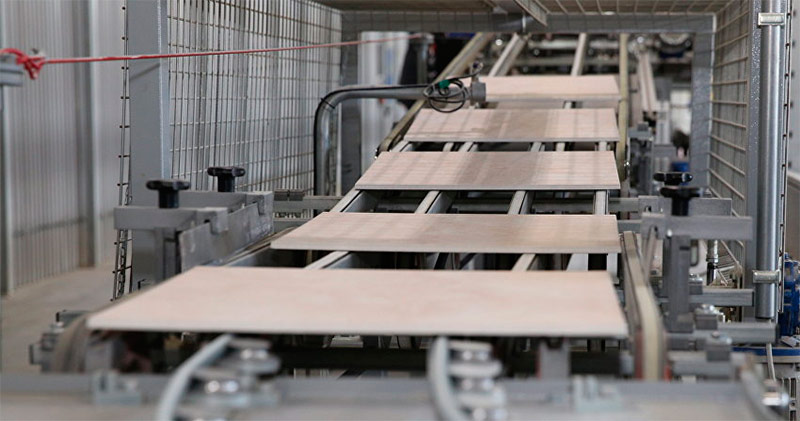

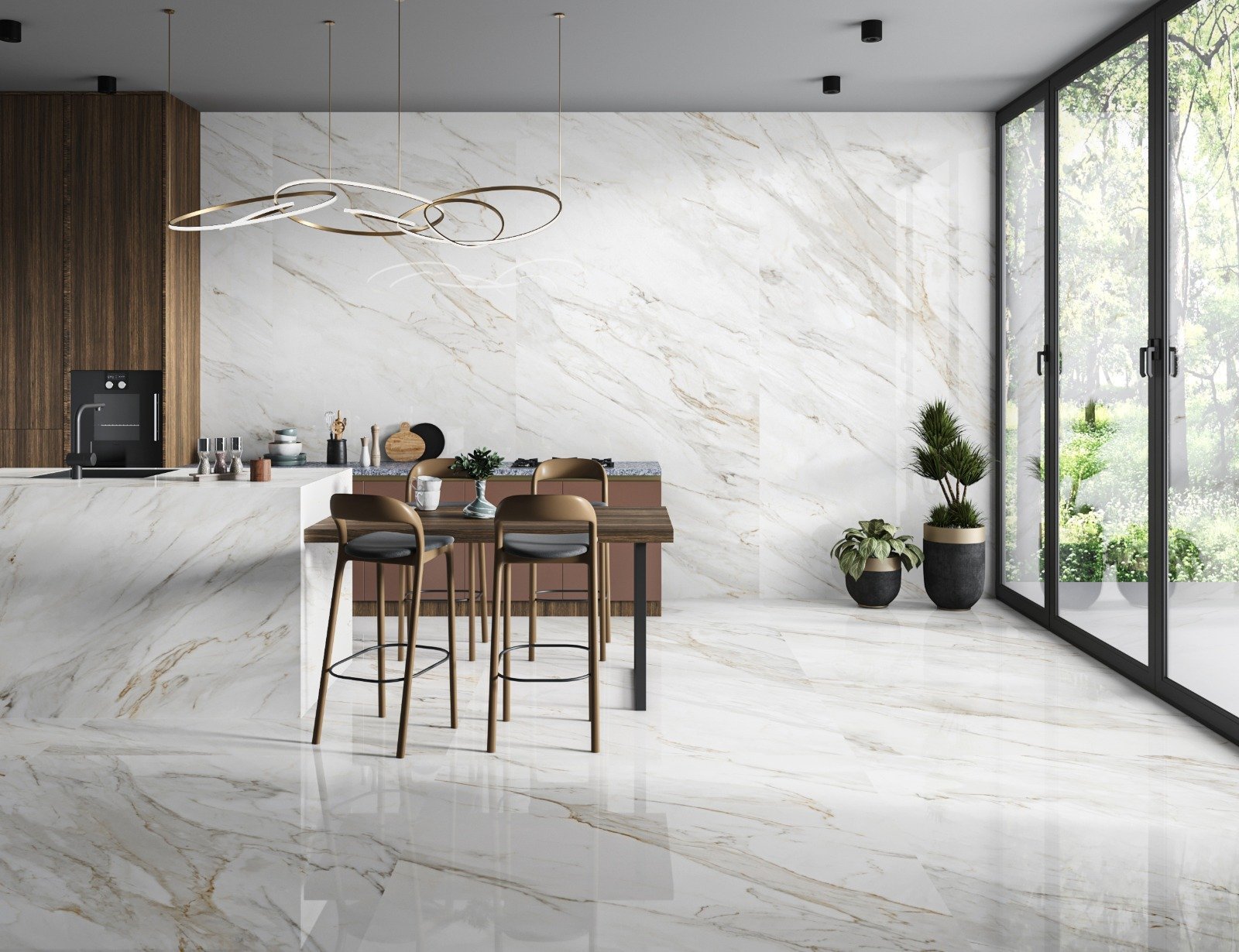


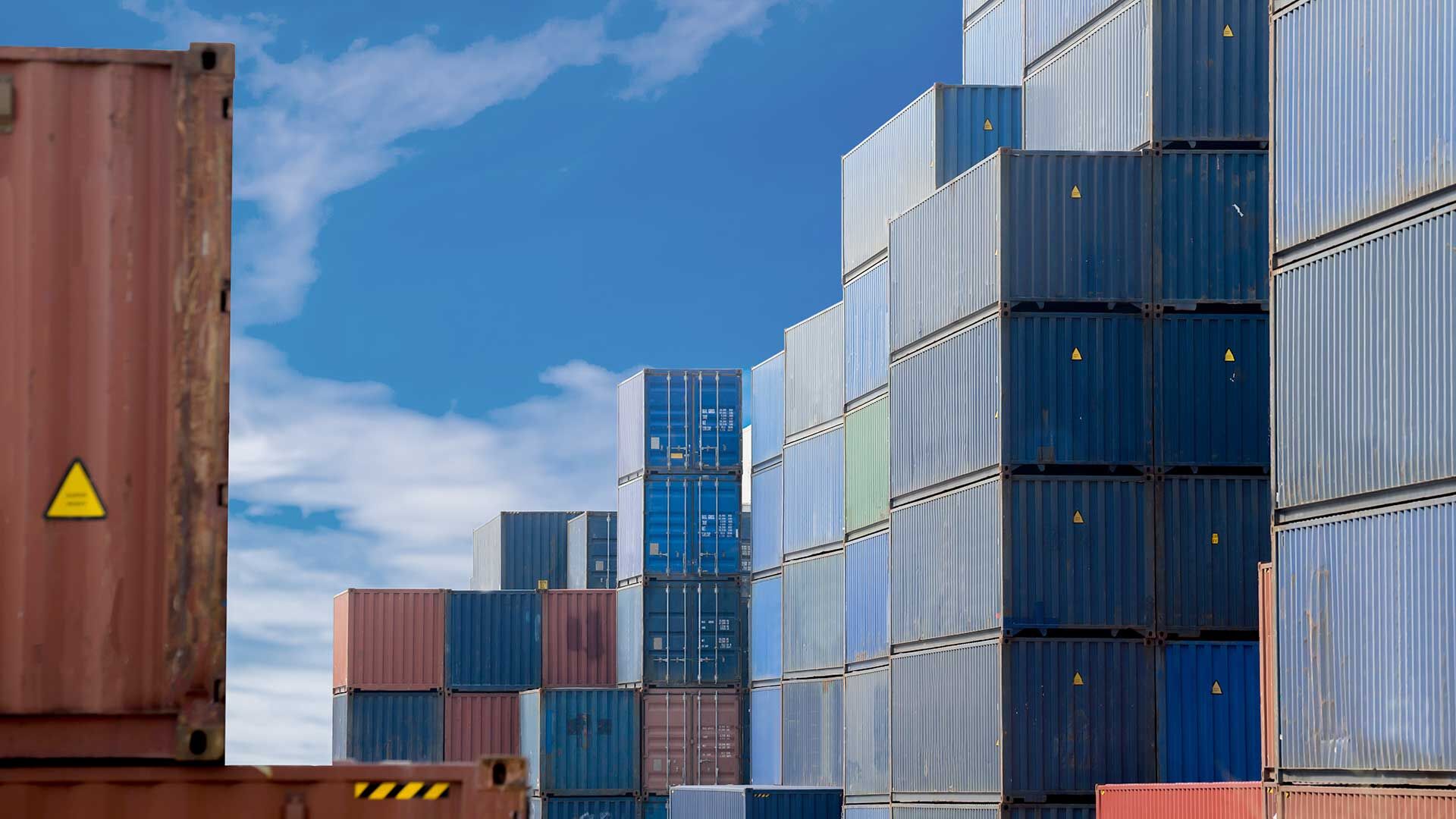
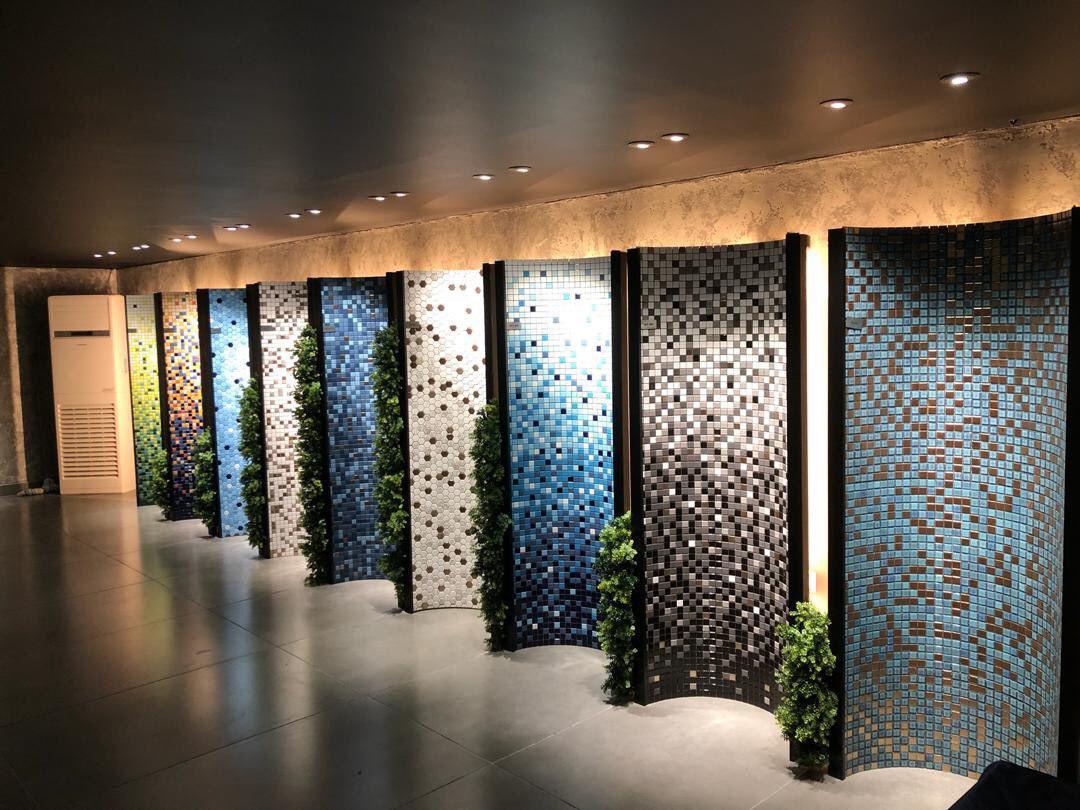
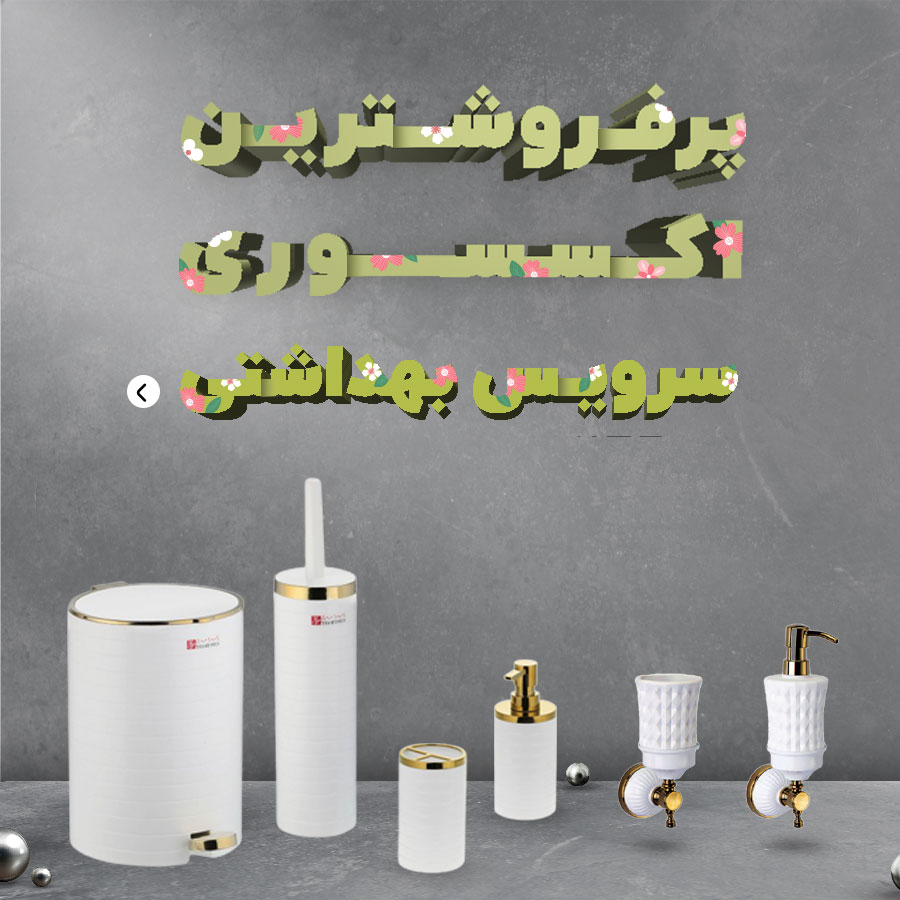

نظرات ۱